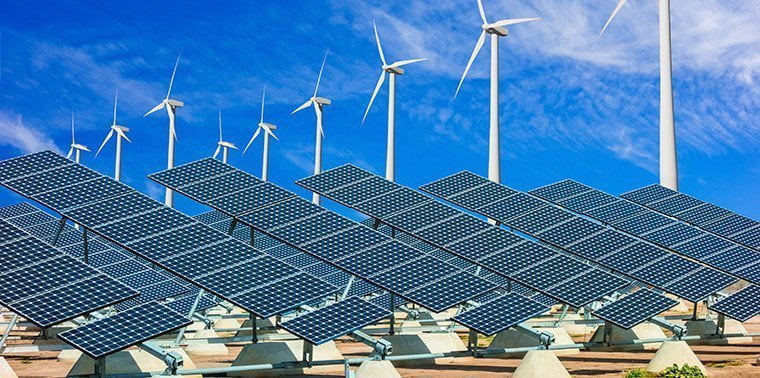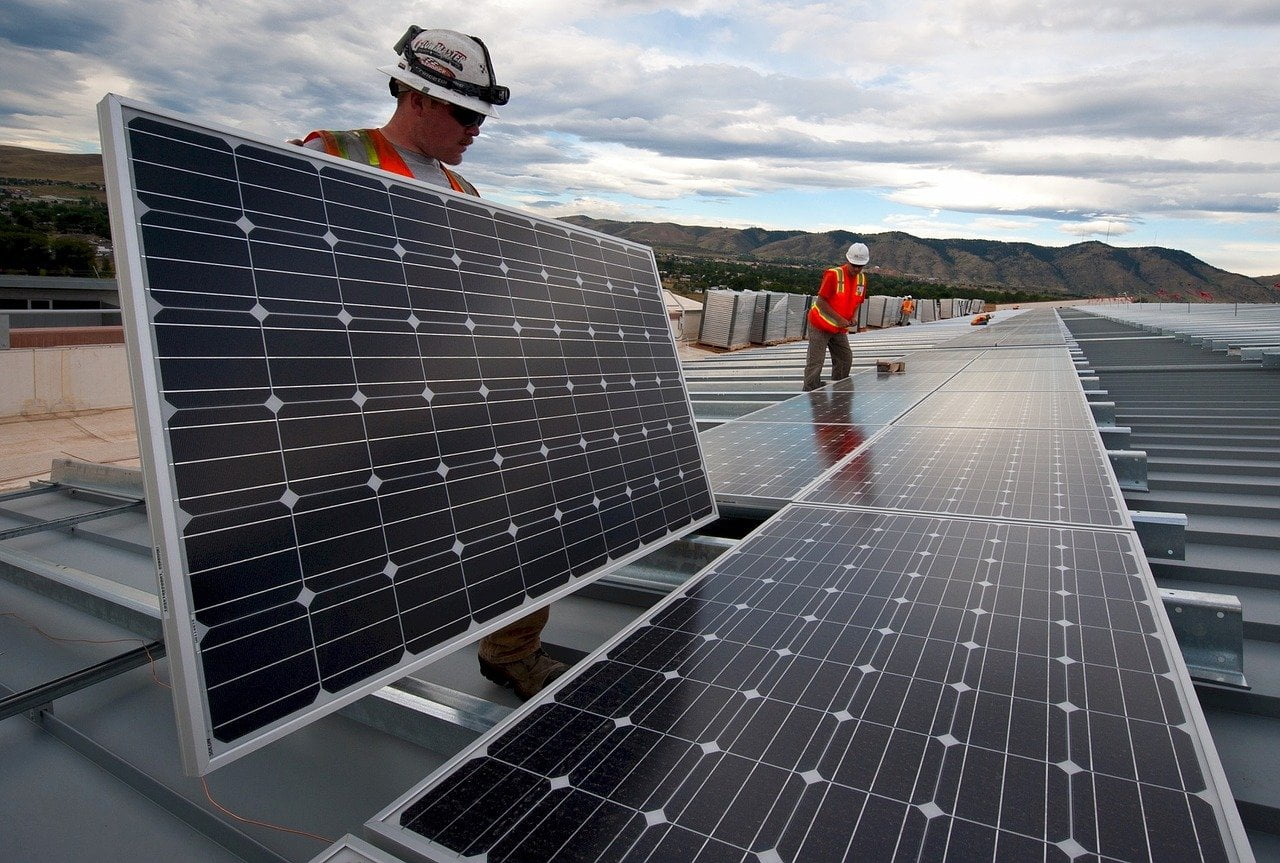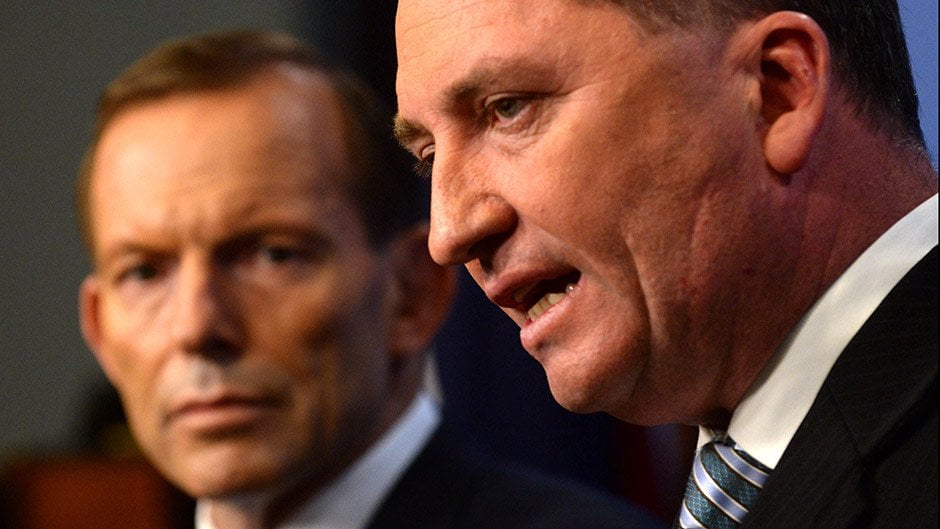The percentage of renewable power in Australia’s energy mix dropped marginally to 17 percent from 17.3% in 2016 due to drought which affected pumped hydro generation, but an additional 700 Megawatts of capacity was added last year, with about 5,000 MW on stream for 2018.
The findings were made in a report for 2017 which was drafted by the Clean Energy Council, which stated that 2017 was a “record year for records”.
The group’s Chief Executive Kane Thornton pointed out that wind energy had matched pumped hydro for the first time, producing 5.7 percent of the country’s total electricity. You can access the full report here.
5,000 MW of large-scale renewable energy generation to come on stream in 2018

But the biggest results are yet to come. While 700 MW of large-scale renewable energy generation was added into the mix in 2017, about seven times that amount – 5,000 MW – will be added into the mix in 2018.
The biggest increase was seen in large-scale solar with capacity increasing from 34 MW in 2014 to 450 MW at the end of 2017. As of December 2017, there was 50 large-scale wind and solar projects worth about $11 which are either under construction or scheduled to begin soon.
So far this year, some 291 megawatts of new solar projects have already been completed, and many will start exporting to the grid soon.
New South Wales leads renewable energy charge with 14,000 MW in the pipeline

New South Wales alone boasts a pipeline of almost 14,000 megawatts of renewable energy projects worth almost $18 billion in potential investment.
This is in addition to the over 1200 megawatts of wind and solar farms under construction.
Victoria’s first 650-megawatt renewable energy auction, meanwhile, is the single largest renewable energy tender in the country.
While the current boom is driven by the 2020 Renewable Energy Target, which should be achieved at least a year early, the industry is now seeking clarity about what comes next.
“Our concern is that the momentum we have at the moment is at risk without strong policy certainty in the post-2020 environment,” Mr Thornton said.
Tony Abbott calls for a free vote on National Energy Guarantee, says coal has a place alongside renewable energy

That certainty, or otherwise, could be determined in coming weeks as states and territories prepare to discuss the final design of the Turnbull government’s proposed National Energy Guarantee targeting affordability, reliability and reduced emissions from the electricity sector.
Federal Energy Minister Josh Frydenberg said continued investment in more supply is essential to driving down electricity prices.
“That is why we are working to finalise the NEG to not only provide investment certainty to spur on more investment but to also ensure there is enough backup and storage in the system for intermittent renewables.”
But all is not well within the coalition and former Prime Minister Tony Abbott has been sabre-rattling again, calling for a free vote in parliament when it comes to the National Energy Guarantee.
Mr Abbott and former Deputy Prime Minister Barnaby Joyce recently went on the warpath when AGL Energy refused a bid for its Liddell power station from Alinta Energy.
Abbott and his rebel backbenchers want the deal to go through to preserve the coal-fired energy generation industry. But AGL has stood firm and reiterated its plans for a renewable energy gub at the Liddell power station site.
Rooftop solar has now reached 1.825 million Australian households, the annual report noted. Average systems last year were 6.27 kilowatts, more than double the size in 2012.
About 12 percent of the 172,000 PV installations last year included a battery, up from 5 percent in 2016.
Highlights from the report include:
- 2017 was a record year for large-scale renewable energy, with over $10 billion worth of large-scale projects reaching financial close during the year. This investment will deliver 5300 MW of new generating capacity and 5750 new direct jobs
- It was also a record year for rooftop solar power, with 1.1 GW of new generating capacity installed
- 12 percent of the 172,000 solar power systems installed in 2017 included a battery, up from 5 percent the year before. NSW is leading the charge, with more than 40 percent of the national storage installations occurring in the state
- The installation rate of household batteries across the country tripled in 2017, rising to 20,789 units from 6750 the year before
- The world’s largest lithium-ion battery was completed in 2017 in South Australia. The Hornsdale Power Reserve, which was built by Tesla in South Australia
- 16 new projects were completed during 2017, including four solar power plants and five wind farms
- Wind and hydro contributed almost identical amounts of power to the electricity system for the first time, with each accounting for just over a third of the renewable energy generated during 2017 and 5.7 percent of total national electricity generation
- Power prices are expected to fall just over 6 percent on average over the next two years as more wind and solar power come online.
About Leading Edge Energy
Leading Edge Energy is an energy cost-reduction consultancy. We assist our clients by applying a holistic lens to your energy costs whereby we guide you through the complete energy cost-reduction cycle from rates minimization to energy efficiency upgrades, solar generation and battery storage. Our initial review and assessment process is a complimentary service and you are not obliged to accept any offer that we recommend to you. Call us today on 1300 852 770 or e-mail our Energy Experts at hello@leadingedgeenergy.com.au to learn more.














